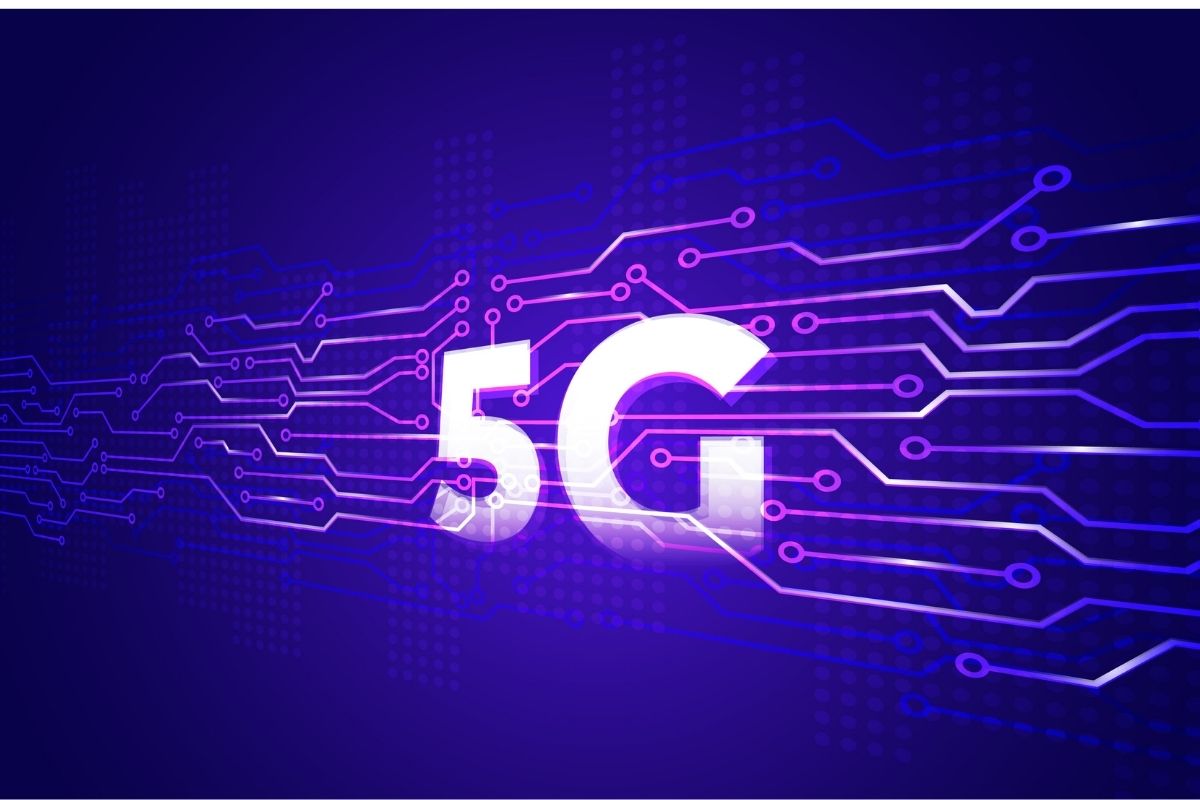
Those who are eagerly waiting for 5G to arrive in India are waiting to be disappointed so that we can see the very fast download speeds such as 4 Gbps shown by Vodafone Idea (Vi) at the media event. You definitely aren’t going to get such high download speeds directly on your phone. First of all, these velocities are only possible if they cover millimeter wave 5G.
Carriers are not willing to invest heavily in millimeter-wave 5G for consumers. There are multiple reasons. First, telephone companies don’t get a return on their investment. Why do you ask?
Now, the millimeter wave band has a very fragile property. They can be obstructed by simple objects such as trees and walls, with their coverage ranging from hundreds of meters or less. This means that carriers need to set microsites every few hundred meters to enable millimeter-wave 5G.
Carriers will be more interested in launching 5G with a mid-band spectrum for consumers
Instead, telcos will deploy 5G for consumers with a midband spectrum in the 3.5GHz range. This is a better business case for telcos to deliver 5G directly to consumers. With the 3.5 GHz band, carriers can achieve better coverage and higher speeds.
Even that speed will be distributed to millions of consumers. Therefore, 5G may increase speed. However, the speed will not exceed 4 Gbps. This is only possible with millimeter wave 5G and is not accessible. Investing in millimeter waves may be suitable for the closed or restricted environment of enterprise clients.
Consumers don’t even need such speeds. On average, 5G is 10 times faster than 4G, according to some reports. So, for example, if you get a download speed of about 20 Mbps on a 4G connection, you can expect to get about 200 Mbps on 5G. This is just an example and is an estimate. Actual performance can be good or bad.
India is currently preparing for the 5G Spectrum Auction scheduled for July 26, 2022.
